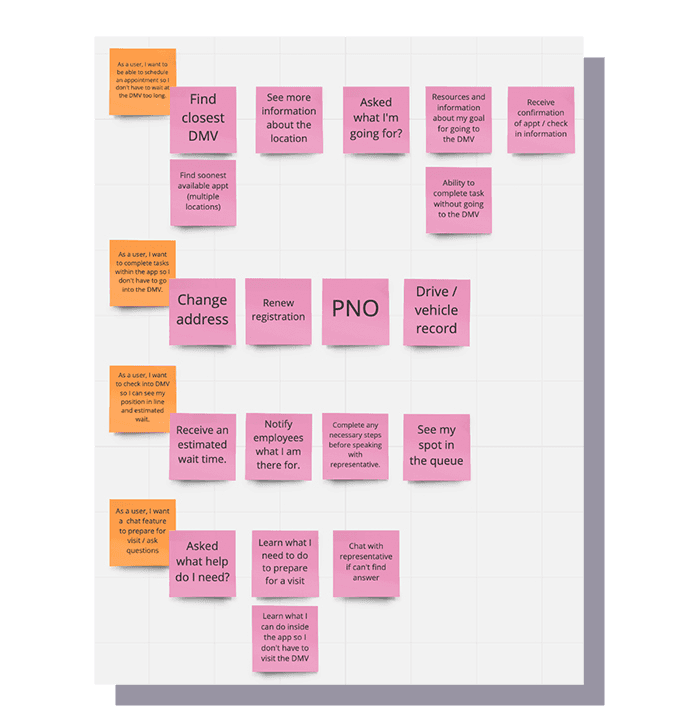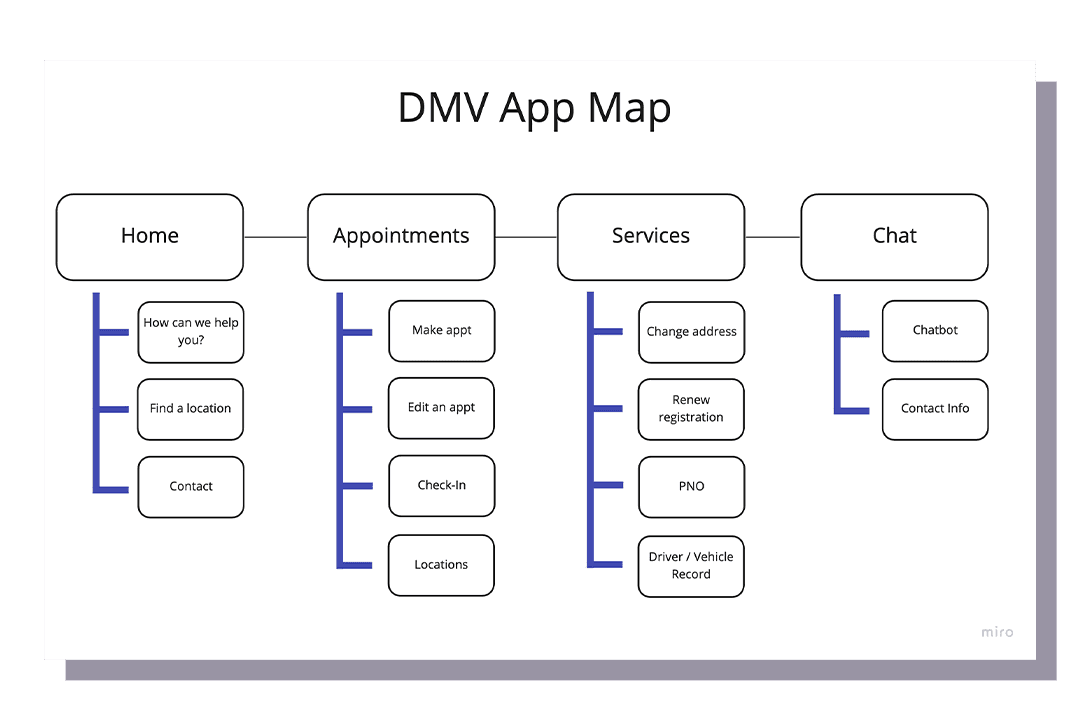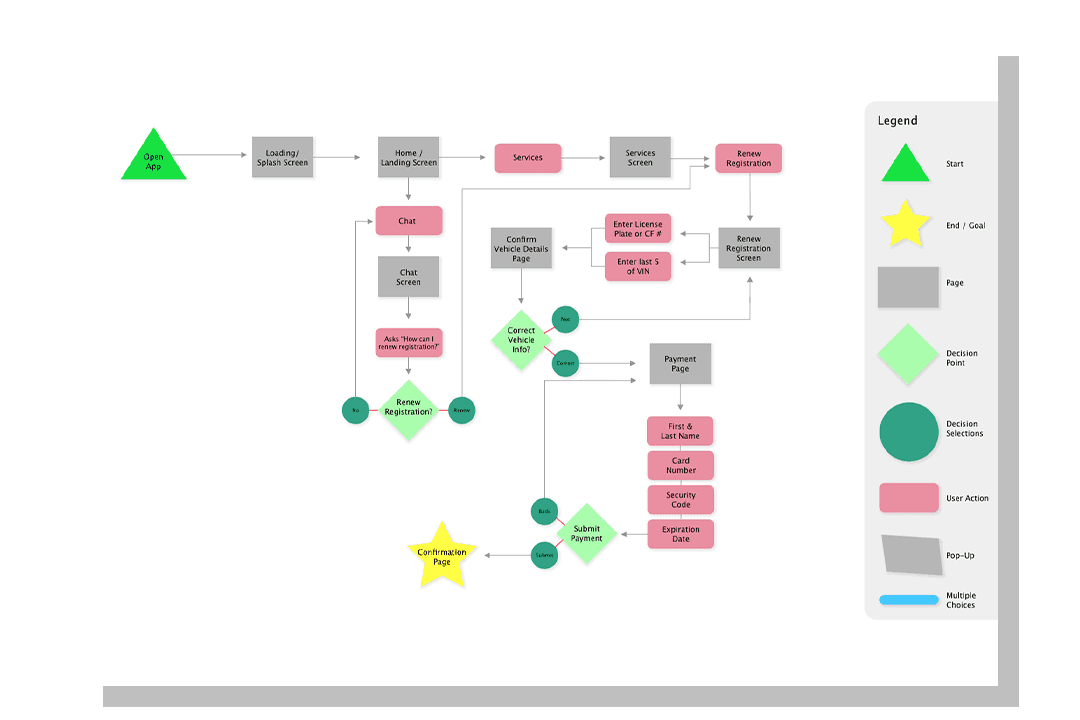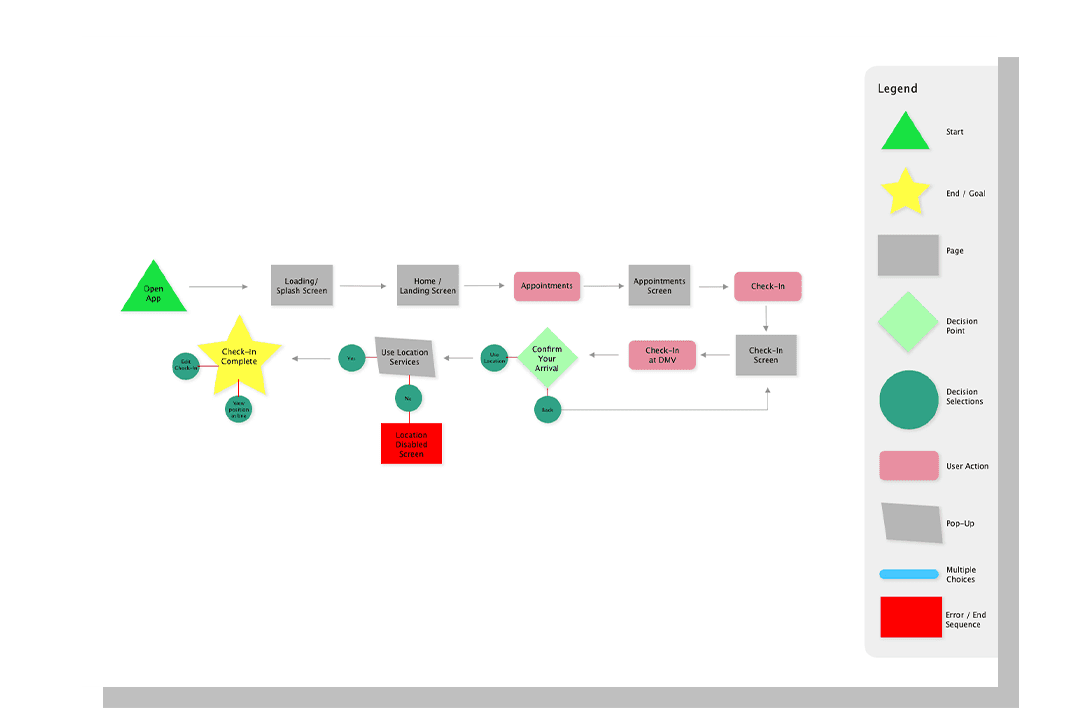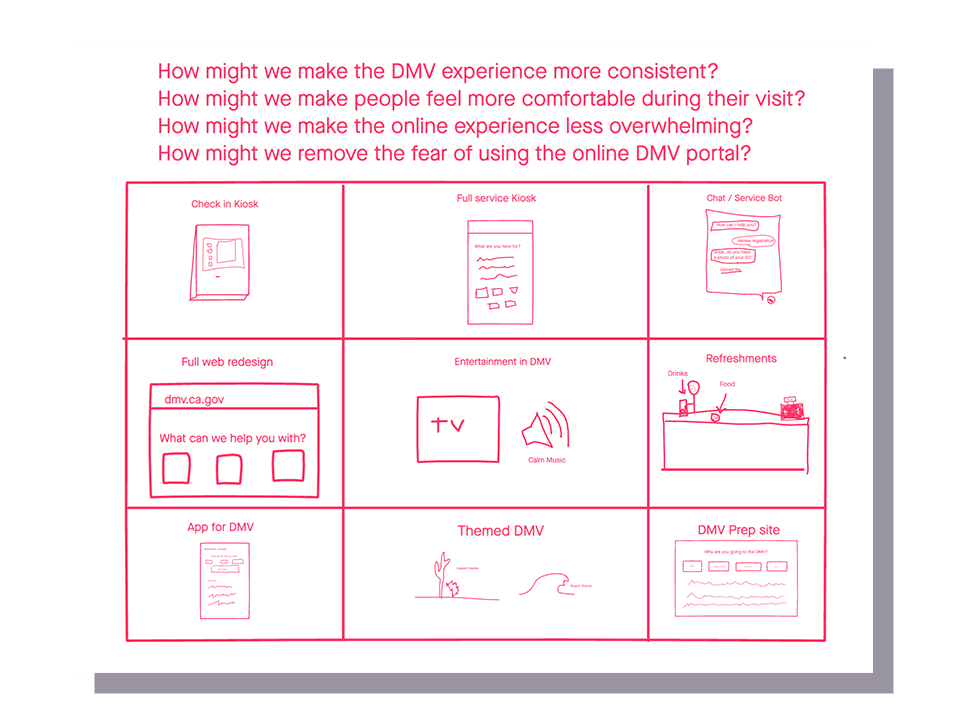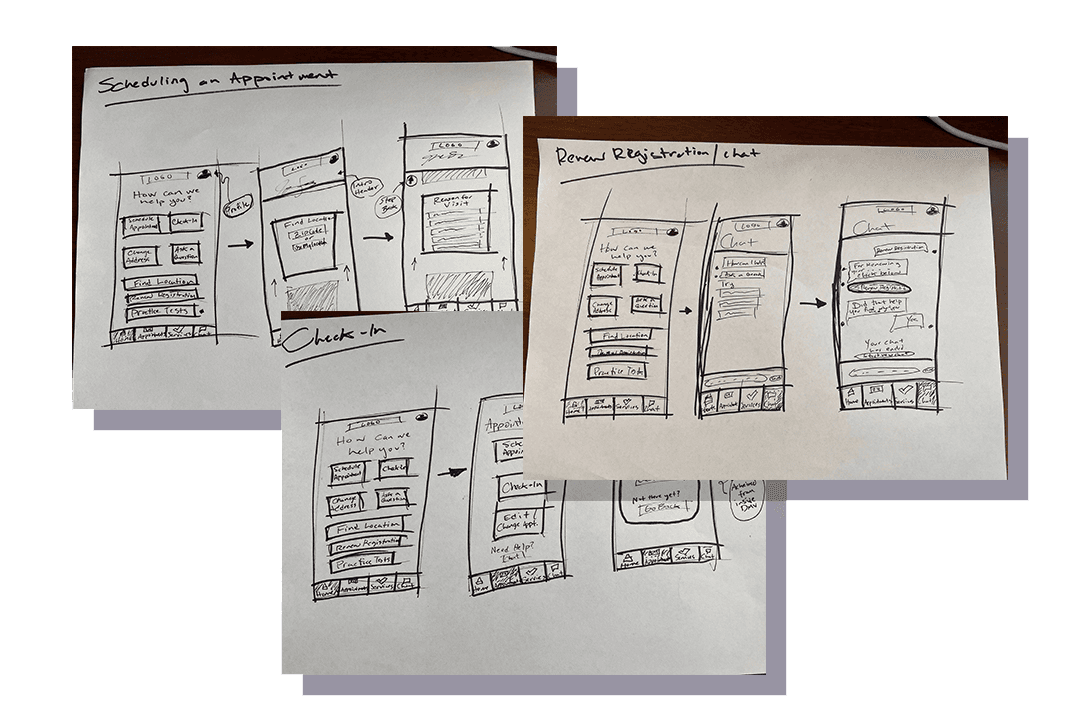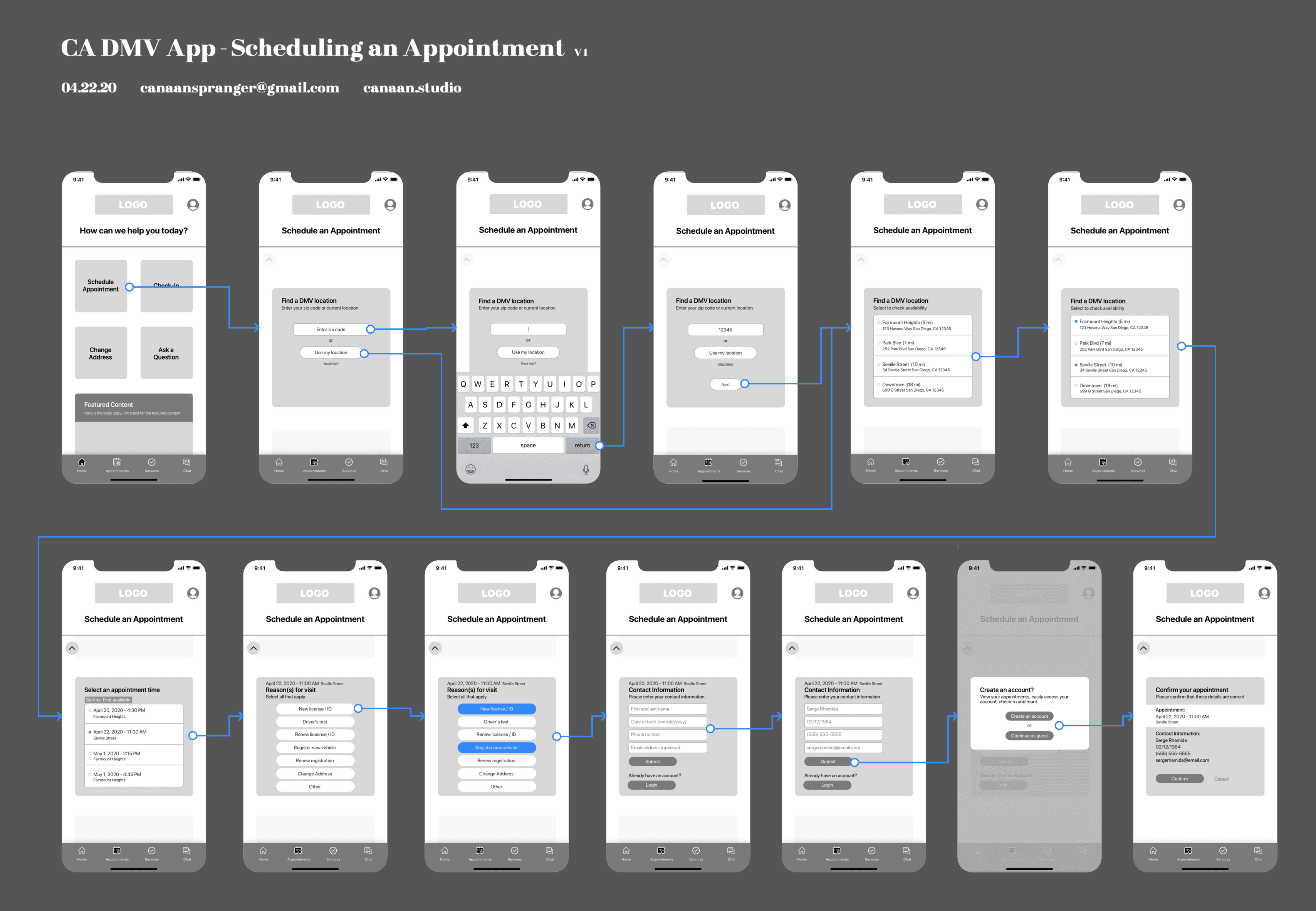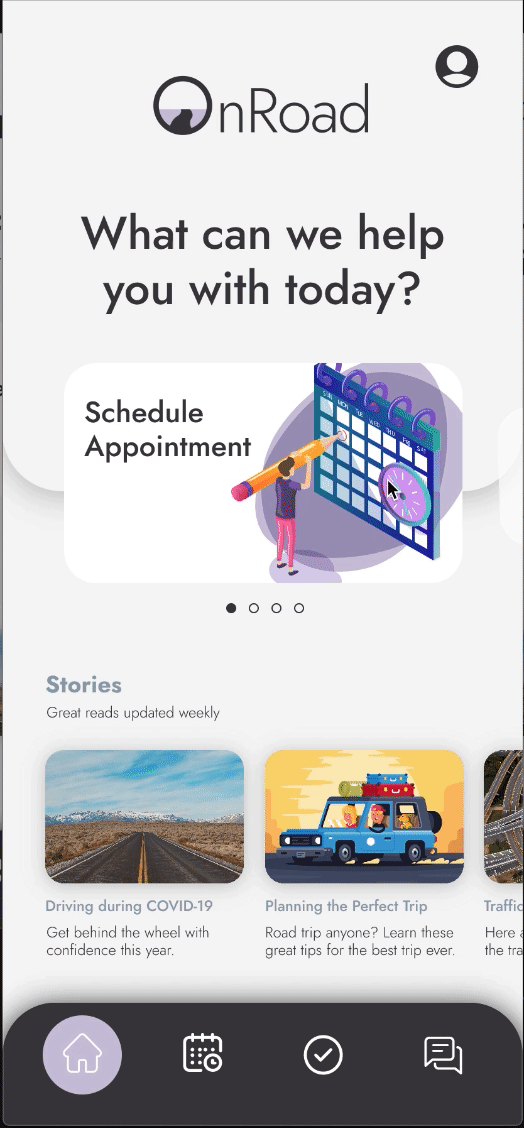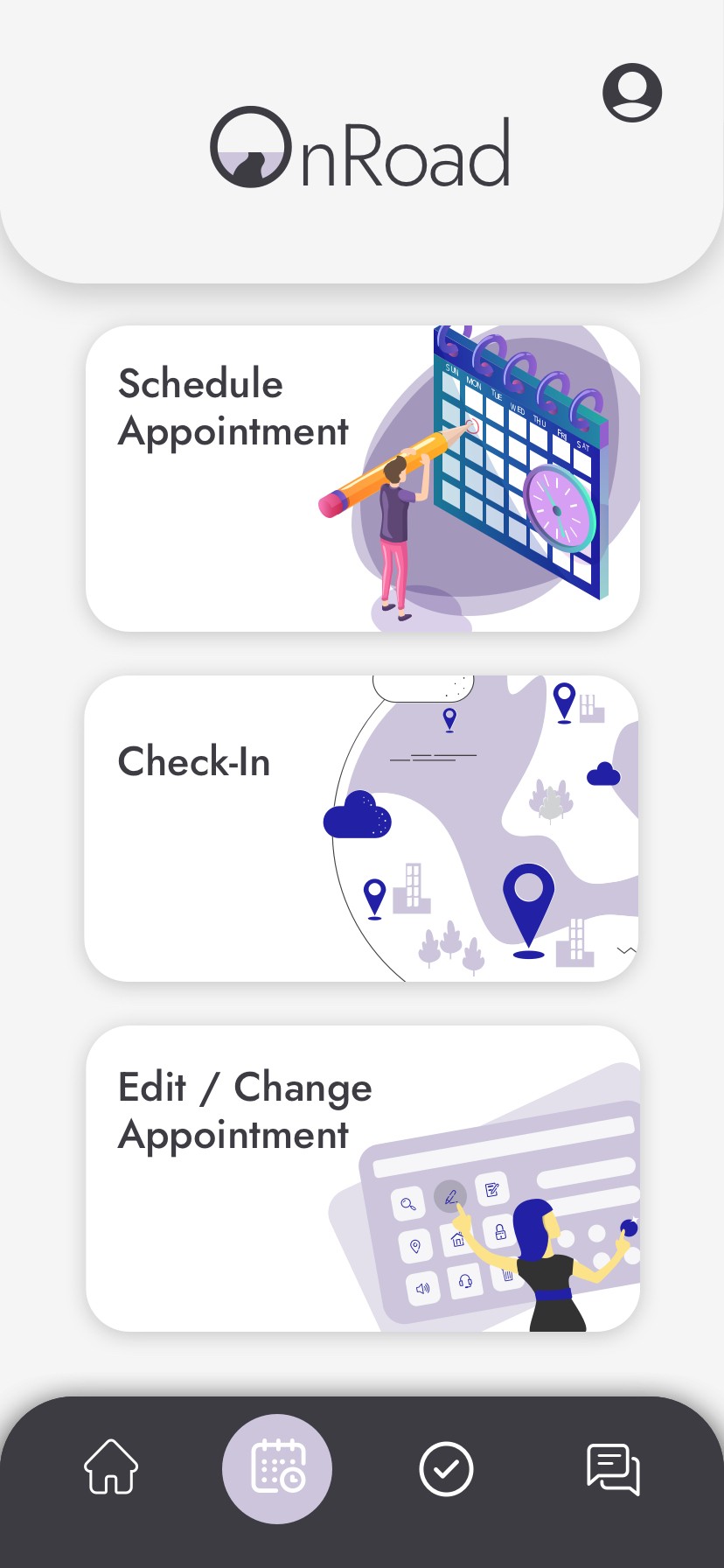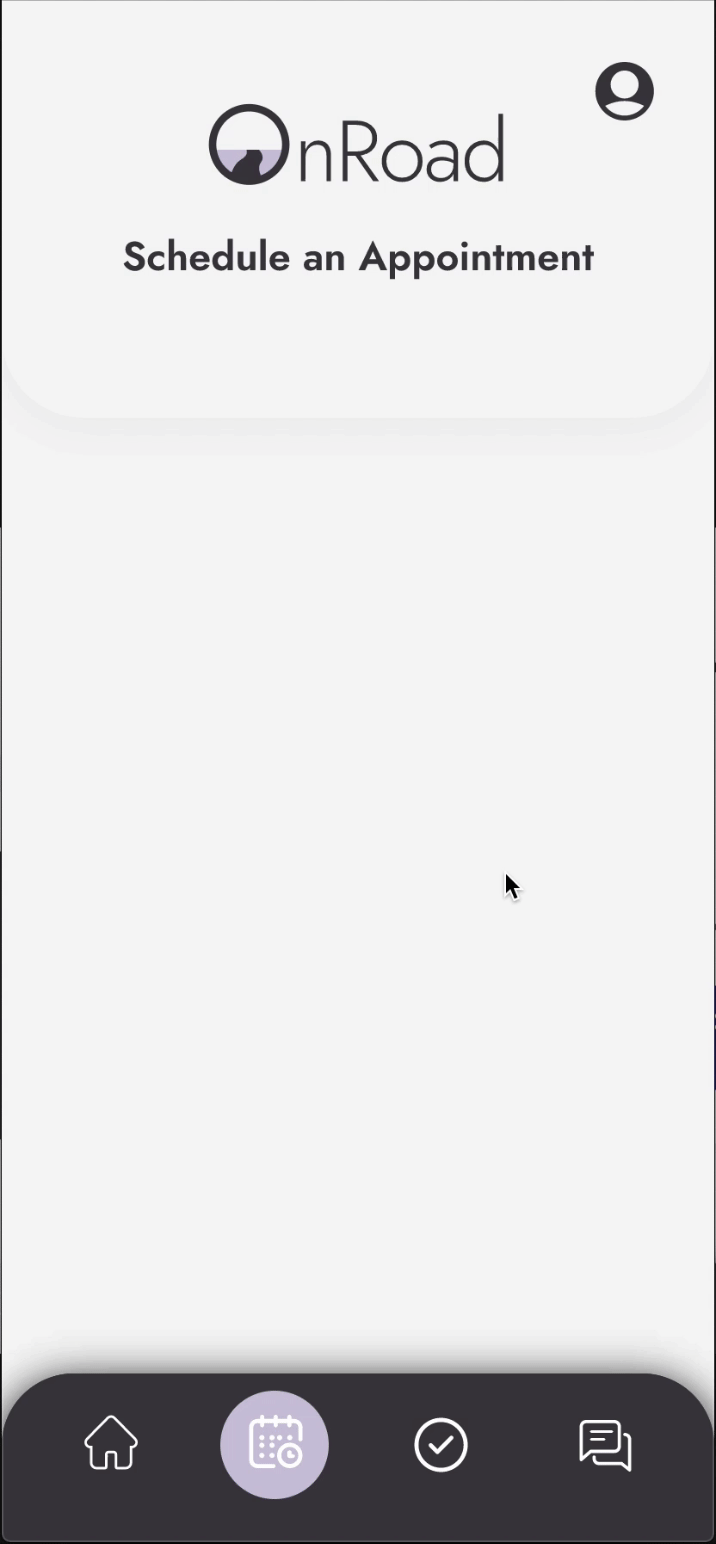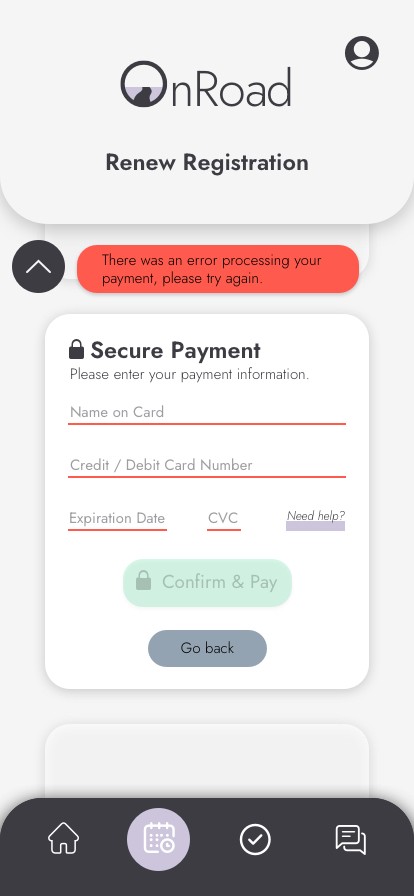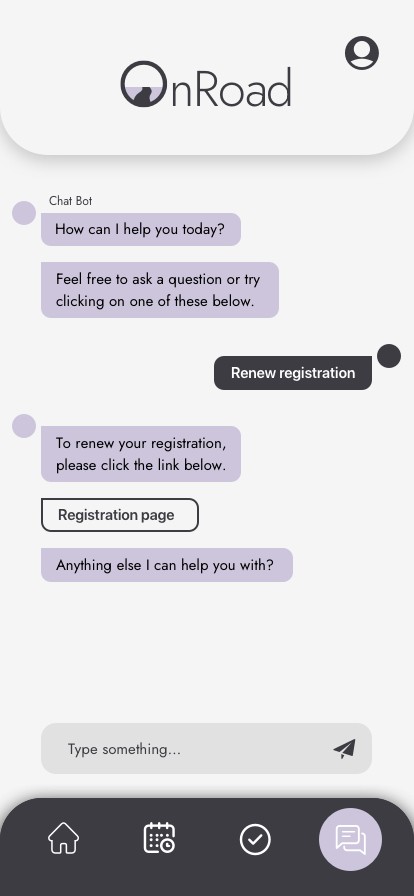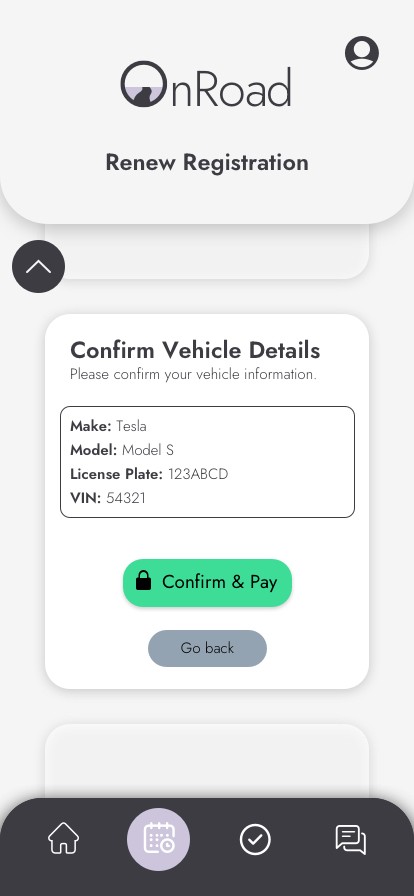Problem
The DMV is often associated with negative experiences, and this case study aims to address the various challenges faced by users when interacting with the DMV. To find the best solution, it is crucial to have a deep understanding of the problem.
Process
Empathize: I began by conducting secondary research to gain insights into the issues facing the DMV. I discovered that long wait times were a common problem due to the introduction of the "Real ID." Reports also indicated that many users had unpleasant experiences at the DMV, especially in larger cities.
User Interviews: I conducted user interviews to empathize with DMV users. The goal was to understand their feelings, thoughts, actions, and problems. These interviews revealed that the online DMV experience was overwhelming and that many users faced difficulties during in-person visits.
Analysis & Synthesis: After collecting research data, I used methods like affinity mapping, empathy mapping, personas, customer journey maps, and "How Might We" problem statements to analyze and synthesize the information. These techniques helped identify patterns and root issues.
Ideate: With a deep understanding of the problems, I brainstormed creative solutions to address the issues identified during research and analysis.
Design & Prototype: I combined the best ideas into a single app concept that aimed to provide a comprehensive solution. The app included features like appointment scheduling, task completion, check-in, and a chat/service bot.
User Testing: To further understand if my solutions addressed the user needs, I tested my hypothesis through unguided task assignments in user tests. These tests validated my research and gave further insight into next steps and iteration.

